As the weather warms and the joys of spring come into focus, the time has come for you to uncover your pool for a season of swimming, sunbathing, and sipping frozen drinks. Backyard pool preparations are a breeze, from swapping your protective pool cover for an easy to remove and place waterproof sofa cover to arranging your chaise lounges in synchronized formation – there are plenty of steps you must take before taking that first cannonball into your backyard pool.
Starting Here

Before you begin the process of unpacking your pool furniture from storage and adding the protection of their waterproof outdoor furniture covers, you’ll first need to drain and clean your pool cover. Be sure to get rid of any sitting water off the top of the cover or pool tarp before removing it. After the cover is removed, be sure to lay it out and brush off any remaining dirt before spraying it down with your hose. After the cover dries, it’s important to sprinkle it with talcum powder to prevent any mold and mildew before folding the cover and storing it in a cool, dry place for safekeeping until fall season when you winterize your pool all over again.
Make the Most of Maintenance

Raise the water level back to the acceptable amount, filling until the pool reaches the middle of the skimmer opening. Next, it’s crucial to switch your pool equipment and systems back on after a winter away.
- Prepare the water pump by turning the circulation and filtration systems on.
- Replace the air relief valve on your water filter, making sure that it is open so that it can bleed any air from the system.
- If water spurts out, close the air relief valve and check the equipment for leaks or noises that may indicate a problem.
We Have Chemistry

Trace amounts of metals like copper or iron may have concentrated in the water of your pool. Add a metal-free compound to remove stains or discoloration from the pool. After adding the 1 milliliter of the mixture, allow the circulation and filtration systems to run for at least 2 hours before moving on. Test the pool’s water for pH balance, total alkaline level, as well as chlorine levels with a kit of test strips. An ideal balance of chemicals should be:
- A total alkalinity between 80 to 120 ppm.
- A chlorine level between 2.0 to 4.0 ppm.
- A pH between 7.4 to 7.6.
- A calcium level anywhere between 200 to 400 ppm.
It’s important to first control your alkaline levels before moving on to that of pH and calcium. If the total alkalinity of your pool is too high, you can add a dry acid to bring it to an equilibrium. If the pH level tests below a 7.4, add around 6 ounces of a sodium carbonate mixture to the water, allowing around two hours before testing again. Once the pH is balanced, move on to the calcium level.
Bait and Tackle

As you let your pool’s filtration system run for at least 24 hours, you can tackle the process of fishing larger bits of debris from the water using a netting rod. Brushing and vacuuming your pool is key to ensuring that the overall integrity of the pool is in ship shape. Lastly, don’t forget to check every nook and cranny of your pool. Pay special attention to areas that you might otherwise neglect, including the pool stairs, ladders, and lights.
Finishing Touches

No backyard pool prep is complete without unpacking the poolside furniture you put away during the off season. As you set up the chaise lounges and ottomans, be sure to keep handy outdoor furniture covers over them to protect against the uncertainty of springtime weather. The best patio furniture covers will protect against rain, shine, and everything in between. As your seating and lounging arrangements come together, consider the patterns for which you may be entertaining. If you happen to entertain in large groups, you might want to be more sporadic with the seating around the pool area. Try to vary your seats between the traditional chairs with those of chaise lounges and loveseats. You can always keep a potentially larger piece of your furniture collection covered with a waterproof sofa cover.

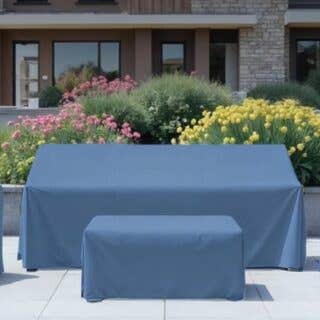




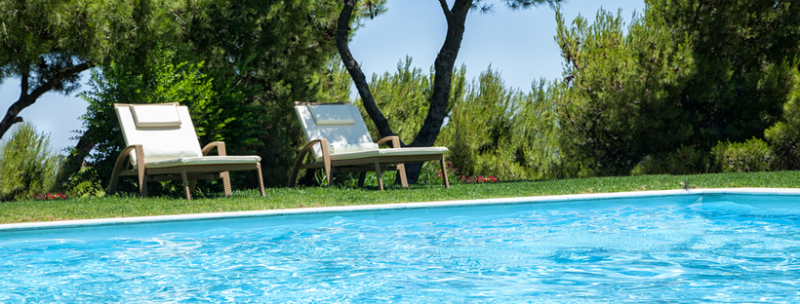
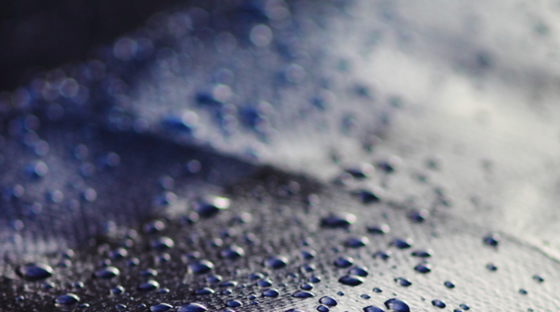

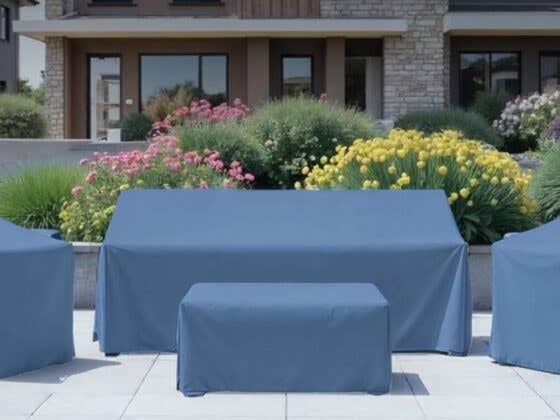


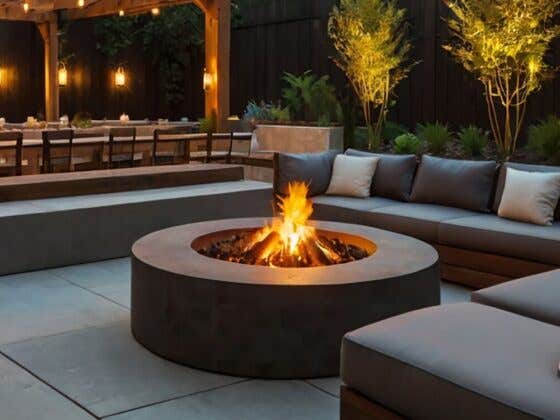

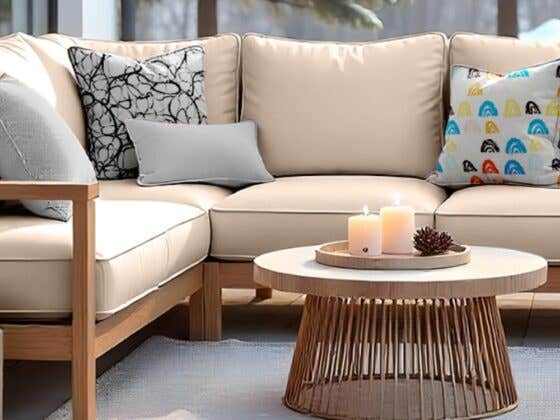
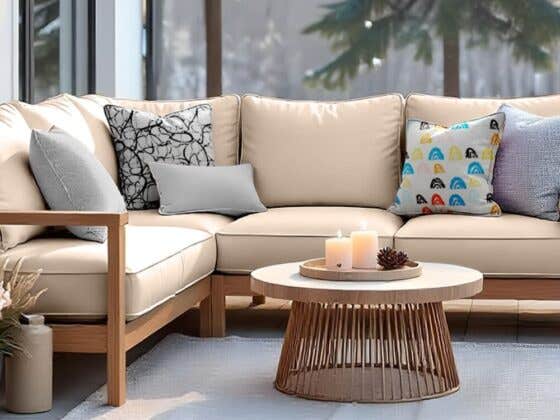
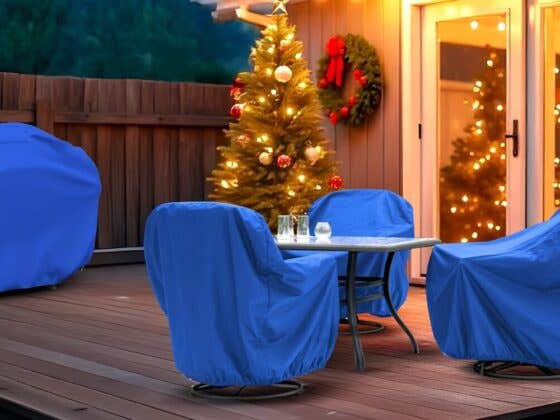
Recent Comments